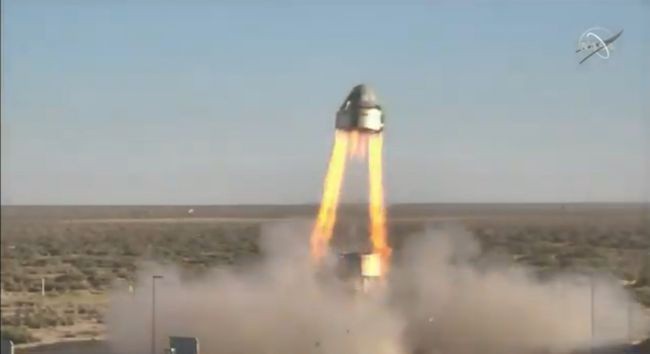
Launching rockets has to undergo meticulous planning and computation to avoid unnecessary mishaps. Not only because each project costs a big amount of money, but such mishaps may cause human lives. Unfortunately, accidents happen even in the most systematic and controlled activities such as launching rockets. That is why Boeing developed a capsule that will be able to carry astronauts to safety if ever the engineers encounter a malfunction that could endanger the launch and it passed a crucial safety test done in New Mexico.
THE WINNING DESIGN
Boeing designed the CST-100 Starliner vehicle to pick up ample speed to carry humans to safety as quickly as possible.
For the test, Boeing arranged a three-hour launch window to test its capsule. The capsule was equipped with an anthropomorphic test dummy complete with sensors that will help engineers capture and gather data for results evaluation.
The capsule designed by Boeing was programmed to reach 650 miles per hour in just 5 seconds. The engines inside are firing every ten seconds in order for the capsule to be carried away to safety.
Boeing's Starliner spacecraft comes with a built-in parachute that is designed to be released in 3 pulses within 25 seconds. The parachute is the most important thing that is crucial to the safe landing of the passengers.
The parachute comes in 3 pulses: two drogue parachutes, three pilot parachutes, and the three main parachutes.
THE FUTURE OF SPACE TRAVEL SAFETY
Boeing is confident that the approval they received from passing the safety test will give way to the development of safety measures in dealing with space exploration.
The pad abort test was done on Launch Complex 23 at the White Sands Missiles Range, New Mexico. The launch was scheduled at 7:15 in the morning.
The Starliner is scheduled for a demonstration at the International Space Station. It presents in the pad abort test are the three astronauts who will serve as its crew: NASA's Nicole Mann and Mike Fincke, and Boeing's Chris Ferguson. In an interview on NASA TV, Boeing spokesperson Todd Belcher said: "At this time we don't expect any impact to our scheduled Dec. 17 Orbital Flight Test. Going forward, we will do everything needed to ensure safe orbital flights with the crew."
Boeing designed the Starliner capsule to be able to transport the crew safely back on land and to be reused for future space missions.
© 2025 ScienceTimes.com All rights reserved. Do not reproduce without permission. The window to the world of Science Times.












